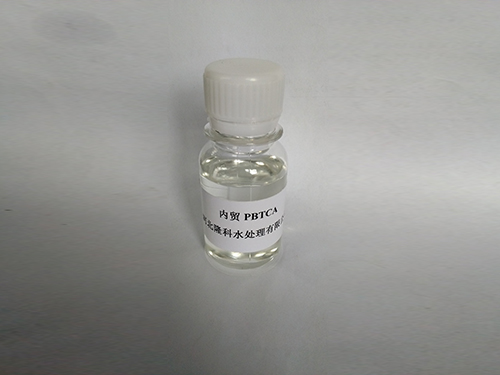isothiazolinones
Isothiazolinones Understanding Their Role in Modern Applications
Isothiazolinones are a class of synthetic compounds widely employed for their effective biocidal and preservative properties. Initially discovered in the mid-20th century, these compounds have gained popularity due to their remarkable ability to prevent microbial growth. They are commonly used in various industries, including cosmetics, pharmaceuticals, and household products, as well as in industrial applications like water treatment and paint formulations.
The chemical structure of isothiazolinones consists of a six-membered ring containing both nitrogen and sulfur. This unique configuration contributes to their antimicrobial activity. Among the most well-known isothiazolinones are methylisothiazolinone (MIT) and chloromethylisothiazolinone (CMIT), which are often used in combination to enhance efficacy. Their effectiveness in low concentrations makes them valuable in formulations that require preservation without compromising safety and performance.
In the cosmetics and personal care industry, isothiazolinones are frequently used to extend product shelf life by mitigating the risk of bacterial and fungal contamination. Products such as shampoos, lotions, and creams often include these compounds to ensure safety and quality over time. However, their use has raised concerns regarding skin sensitivity and potential allergic reactions. As a result, regulatory agencies in different countries have established guidelines to limit their allowable concentrations in consumer products, promoting safer usage while still benefiting from their preservative properties.
isothiazolinones

In industrial settings, isothiazolinones serve critical roles in preserving materials and ensuring cleanliness
. They are incorporated into paints, adhesives, and coatings to prevent microbial growth that could compromise product integrity. In water treatment, they help control algae and bacteria in various systems, such as cooling towers and swimming pools, thus enhancing overall operational efficiency and safety.Despite their advantages, the use of isothiazolinones has been met with scrutiny. Increased reports of allergic reactions, particularly contact dermatitis, have prompted researchers and regulatory bodies to investigate their safety profile. This has led to some manufacturers reformulating their products, opting for alternative preservatives or reducing the concentrations of isothiazolinones to minimize adverse reactions.
The future of isothiazolinones lies in balancing their effective antimicrobial properties with safety considerations. Continued research into safer alternatives and the development of new formulations could provide solutions that satisfy both consumers and regulatory agencies. Innovations in green chemistry may pave the way for eco-friendly preservatives that offer similar benefits without the associated health risks.
In summary, isothiazolinones are an integral part of numerous products across various industries, owing to their robust preservative capabilities. As awareness of their potential allergenic effects grows, it is crucial for manufacturers to adapt and seek safer alternatives that maintain product efficacy while prioritizing consumer health. The ongoing dialogue among scientists, regulators, and the industry will shape the future landscape of isothiazolinones, ensuring they remain beneficial while addressing safety concerns effectively.
-
Understanding Polycarboxylic Acids: Properties, Applications, and Future PotentialNewsJul.28,2025
-
Scale Inhibitor Explained: How to Protect Your System from Limescale and Hard Water DamageNewsJul.28,2025
-
Scale and Corrosion Inhibitors: Essential Chemicals for Industrial Water System ProtectionNewsJul.28,2025
-
Polyaspartic Acid: A Biodegradable Polymer for Sustainable ChemistryNewsJul.28,2025
-
Isothiazolinones: A Versatile Antimicrobial Class with Industrial Power and Regulatory ChallengesNewsJul.28,2025
-
A Deep Dive into 2-Phosphonobutane-1,2,4-Tricarboxylic Acid (PBTC)NewsJul.28,2025





